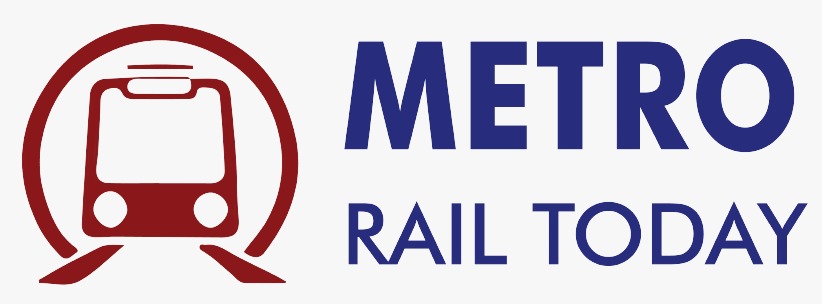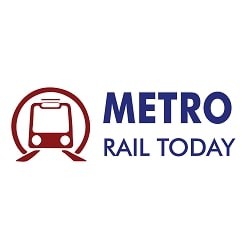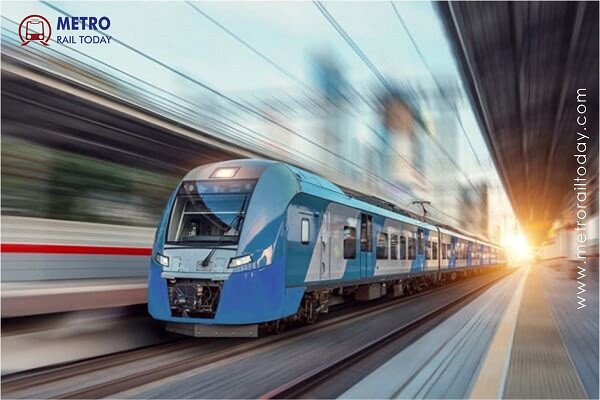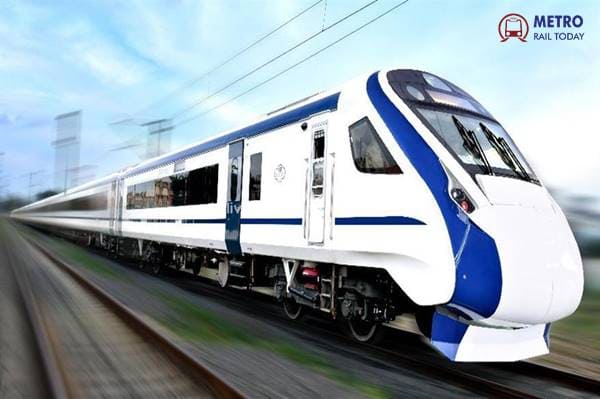 India to introduce 800 Vande Bharat Trains to redefine the future of Indian Railways by 2030
India to introduce 800 Vande Bharat Trains to redefine the future of Indian Railways by 2030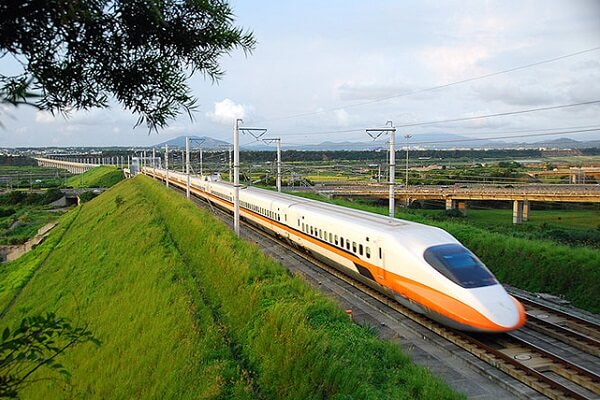 Indian Railways to develop 7,000 km of dedicated Passenger Corridors by 2047
Indian Railways to develop 7,000 km of dedicated Passenger Corridors by 2047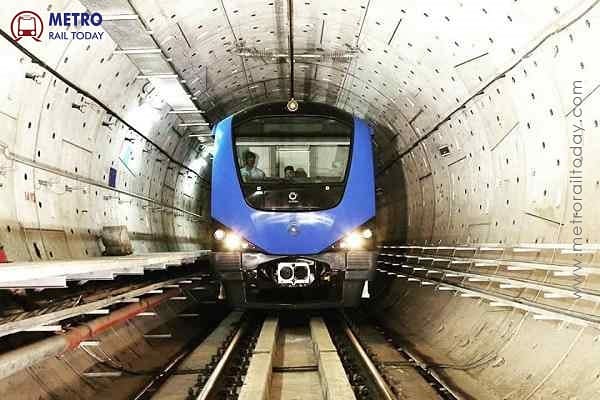 CMRL completes longest Twin Tunnel Breakthrough Drive for Chennai Metro Phase 2
CMRL completes longest Twin Tunnel Breakthrough Drive for Chennai Metro Phase 2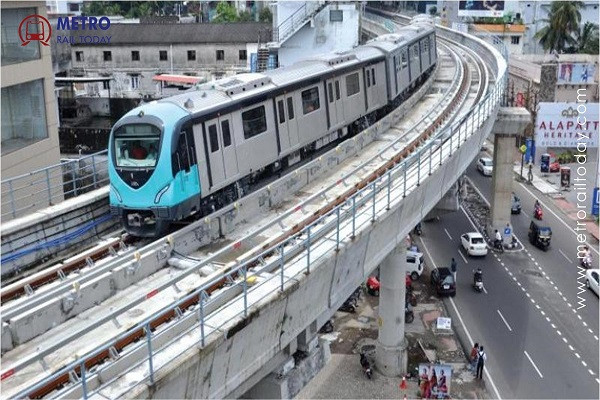 I-Metro calls for collaborative efforts to strengthen India’s Urban Rail Network
I-Metro calls for collaborative efforts to strengthen India’s Urban Rail Network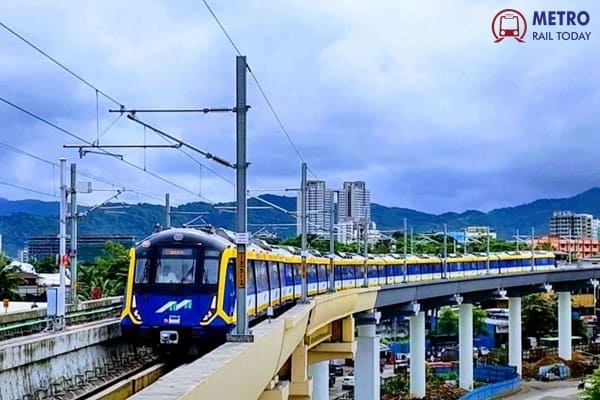 India Emerges as the World’s 3rd Largest Metro Rail Network
India Emerges as the World’s 3rd Largest Metro Rail Network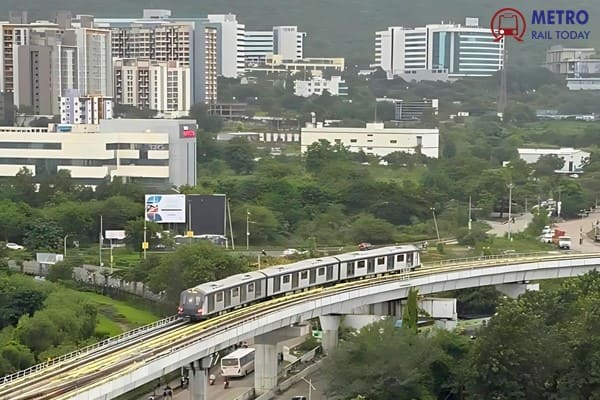 NBC Bearings and iMRail Ink Strategic Pact to power India's Next-Gen Mobility
NBC Bearings and iMRail Ink Strategic Pact to power India's Next-Gen Mobility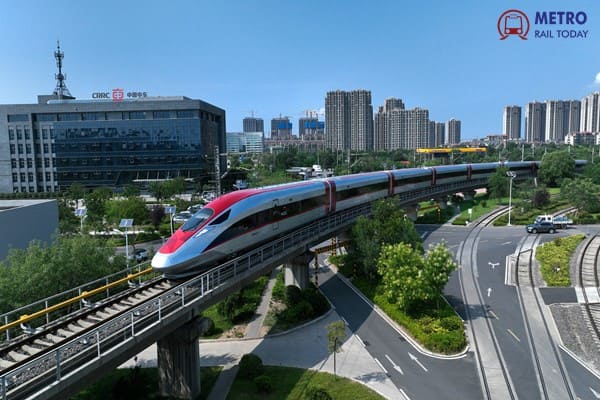 CRRC unveils the World’s First Driverless High-Speed Train capable of 200 km/h
CRRC unveils the World’s First Driverless High-Speed Train capable of 200 km/h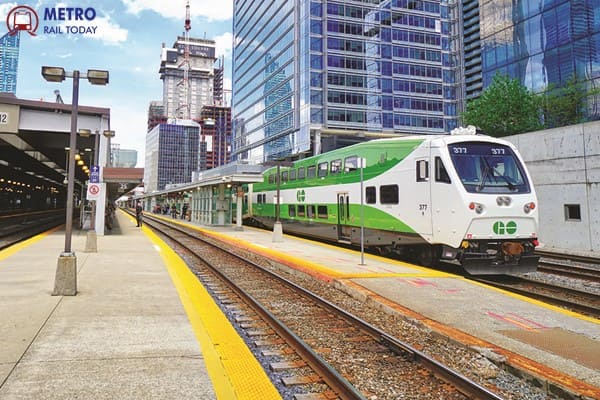 Lagos to begin construction of $3 Billion Green Line Urban Rail Project in December 2025
Lagos to begin construction of $3 Billion Green Line Urban Rail Project in December 2025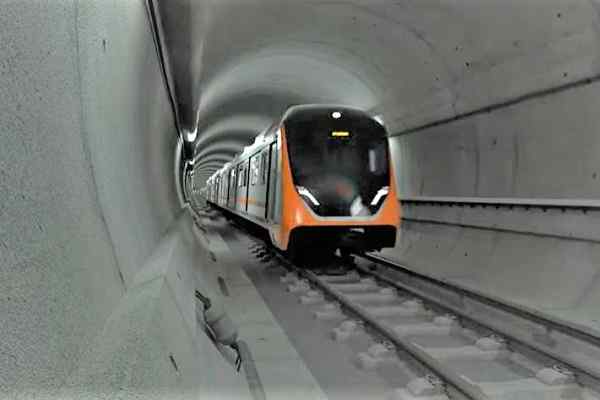 TBM Vidyarthi achieves Final Breakthrough at Kanpur Central for Kanpur Metro Orange Line
TBM Vidyarthi achieves Final Breakthrough at Kanpur Central for Kanpur Metro Orange Line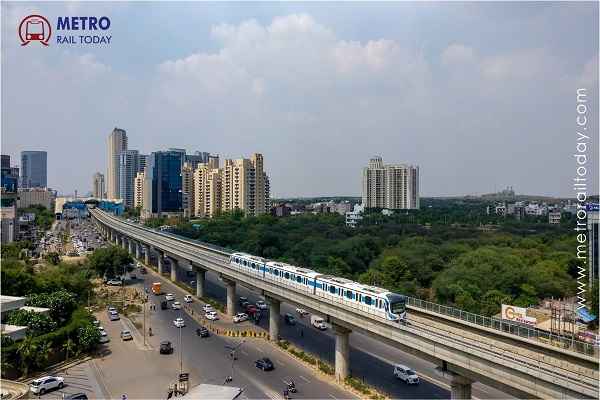 Haryana approves Spur Line connecting Gurugram Metro from Sector 5 with Railway Station
Haryana approves Spur Line connecting Gurugram Metro from Sector 5 with Railway Station
India to introduce 800 Vande Bharat Trains to redefine the future of Indian Railways by 2030

New Delhi, India (Metro Rail Today): Indian Railways is preparing for one of the most ambitious expansions in its 170-year history — the rollout of 800 Vande Bharat Express trains by 2030. This transformative plan not only aims to make train travel faster and more comfortable for millions of passengers but also promises to strengthen India’s domestic manufacturing ecosystem, create jobs, and drive innovation under the ‘Make in India’ and ‘Viksit Bharat 2047’ missions.
The Vande Bharat Express has become a symbol of India’s engineering excellence and modernization, offering semi-high-speed travel with world-class comfort and advanced safety features. As production scales up across the country, a wide network of Indian companies — from coach manufacturers to steel suppliers — is poised to benefit immensely from this national movement toward railway transformation.
The Vision: 800 Trains, 8 Years, One Goal
When the first Vande Bharat Express was flagged off in 2019, it represented a turning point in India’s journey toward self-reliant rail manufacturing. Designed and built indigenously by the Integral Coach Factory (ICF) in Chennai, the train’s success has led to a long-term plan to introduce 800 new rakes by 2030.
Each new train will feature improved comfort, higher energy efficiency, upgraded safety systems, and modern interiors comparable to global rail standards. With speeds of up to 180 km/h, these trains will dramatically reduce travel time between India’s key cities and regions, helping Indian Railways meet growing passenger demand while reducing dependence on imported technology.
How the Vande Bharat Project Fuels India’s Manufacturing Revolution
The Vande Bharat program is a massive industrial ecosystem in itself — creating ripple effects across multiple sectors such as steel, electronics, energy, manufacturing, and digital systems. As the production expands, several major Indian companies are emerging as key players driving this new rail economy.
BHEL: Powering the Core with Traction and Bogies
Bharat Heavy Electricals Limited (BHEL), one of India’s oldest engineering giants, has secured a ₹9,600 crore order to supply 80 sleeper-class Vande Bharat trains. The company’s role includes developing traction systems and bogies, which form the backbone of train propulsion and safety.
This partnership marks BHEL’s entry into the premium rolling stock segment, reinforcing its contribution to India’s rail electrification and modernization goals.
Titagarh Rail Systems: The Emerging Coach Powerhouse
Titagarh Rail Systems Limited (TRSL) has rapidly grown into one of India’s leading metro and train manufacturers. With a ₹28,000 crore order book, the company is building coaches, propulsion systems, and aluminum-bodied trains under the Vande Bharat program.
Its state-of-the-art facilities in West Bengal and Maharashtra are helping India achieve localization in advanced rolling stock components that were once imported from Europe or Japan.
RVNL: Strengthening Rail Infrastructure Nationwide
Rail Vikas Nigam Limited (RVNL), the engineering arm of Indian Railways, plays a pivotal role in building the infrastructure required to support Vande Bharat operations. With projects worth over ₹85,000 crore, including ₹9,000 crore directly linked to Vande Bharat, RVNL is constructing new depots, maintenance facilities, and station upgrades that ensure safe and efficient operations.
The Supply Chain Expands: From Wheelsets to Interiors
The Vande Bharat initiative has created opportunities for companies across the entire supply chain — from heavy engineering to passenger amenities.
-
Jupiter Wagons Limited recently won a ₹215 crore order to supply 5,376 wheelsets, a critical component for the new trains.
-
Oriental Rail Infrastructure Limited received a ₹42.89 crore order for supplying ergonomic train seats, contributing to passenger comfort.
-
Tata Steel is supplying seats, panels, and specialized steel components worth ₹145 crore, reaffirming its presence in India’s high-speed rail manufacturing ecosystem.
These partnerships show how India’s industrial sector is aligning with the nation’s infrastructure goals — building not just trains, but an entire ecosystem of innovation and employment.
Finance, Operations, and Engineering: The Institutional Backbone
The success of the Vande Bharat project depends on more than just manufacturing. Several public-sector undertakings (PSUs) and institutions are working together to finance, execute, and operate this ambitious program.
IRFC – The Financial Engine of Indian Railways
The Indian Railway Finance Corporation (IRFC) is playing a central role in funding rolling stock procurement and infrastructure upgrades. Its low-cost financing model enables the railways to undertake large-scale modernization without excessive budgetary strain.
IRCTC – Enhancing Passenger Experience
The Indian Railway Catering and Tourism Corporation (IRCTC) is responsible for catering, ticketing, and onboard services for Vande Bharat Express trains. Its continued digital transformation — through AI-based ticketing, improved food services, and real-time train updates — ensures a seamless and premium passenger experience.
IRCON, RITES, and RailTel – Building the Digital and Physical Backbone
Infrastructure PSUs such as IRCON International, RITES Limited, and RailTel Corporation of India are leading construction, project management, and communication upgrades. From designing new tracks and bridges to integrating high-speed telecom networks and smart maintenance systems, these agencies form the operational foundation of the Vande Bharat expansion.
Other Key Industry Players Riding the Vande Bharat Wave
The benefits of India’s high-speed expansion extend to several other companies across sectors:
-
BEML – Supplying underframes, bogies, and critical mechanical parts.
-
Siemens and Hitachi Energy – Providing traction equipment and power electronics.
-
Texmaco Rail & Engineering – Manufacturing coaches and freight infrastructure components.
-
Frontier Springs – Producing suspension systems for improved passenger comfort.
-
Gabriel India – Supplying shock absorbers for rail coaches.
Each of these firms is leveraging India’s growing railway modernization drive to expand exports and compete globally.
Vande Bharat: A Symbol of Make in India
Beyond its engineering achievements, the Vande Bharat Express stands as a symbol of self-reliant India. Every new train built represents thousands of local jobs — from engineers and welders to software developers and logistics teams.
The train’s evolution also showcases India’s design and innovation capabilities. The upcoming Vande Bharat 2.0 and sleeper variants are fully indigenous, equipped with better aerodynamics, energy-efficient propulsion, automatic doors, improved air-conditioning, and passenger infotainment systems.
Moreover, the Indian Railways is integrating green technologies, including regenerative braking and plans for hydrogen-powered trains, aligning with the nation’s Net Zero 2070 goals.
Economic and Social Impact
The Vande Bharat project is not just about building faster trains — it’s about building India’s economic future. The program will:
-
Generate thousands of direct and indirect jobs across sectors.
-
Boost domestic manufacturing and reduce import dependency.
-
Enhance regional connectivity, spurring tourism and business travel.
-
Improve logistics efficiency, making India more globally competitive.
These factors together make Vande Bharat one of the cornerstones of India’s broader economic and infrastructure growth story.
The Road to 2030: India’s Railway Renaissance
By 2030, when all 800 Vande Bharat trains are operational, India’s railway network will be almost unrecognizable compared to a decade earlier. With electrified tracks, upgraded stations, and advanced control systems, Indian Railways will emerge as a global benchmark for sustainable, high-speed, and inclusive transportation.
The Vande Bharat initiative represents more than just a modernization project — it embodies India’s aspiration to lead the world in next-generation rail innovation. It is, in every sense, a Make in India success story on rails.
